Have you ever wondered if Costa Rica, the land of sloths, toucans, and howler monkeys, is also home to the world’s largest rodent—the capybara? Spoiler alert: it is! But where can you find these gentle giants, and what makes them so special in Costa Rica’s rich ecosystem? Let’s dive into everything you need to know about capybaras in Costa Rica, from their habitats to the best spots for sightings, and why they’re a must-see on your wildlife bucket list.
What Are Capybaras?
Capybaras (Hydrochoerus hydrochaeris) are semi-aquatic rodents native to South America. Think of them as oversized guinea pigs with a love for water. They can grow up to 4 feet long and weigh over 100 pounds, making them the largest rodents on the planet. With their barrel-shaped bodies, webbed feet, and perpetually curious expressions, capybaras are as fascinating as they are adorable.
Why Are Capybaras So Popular?
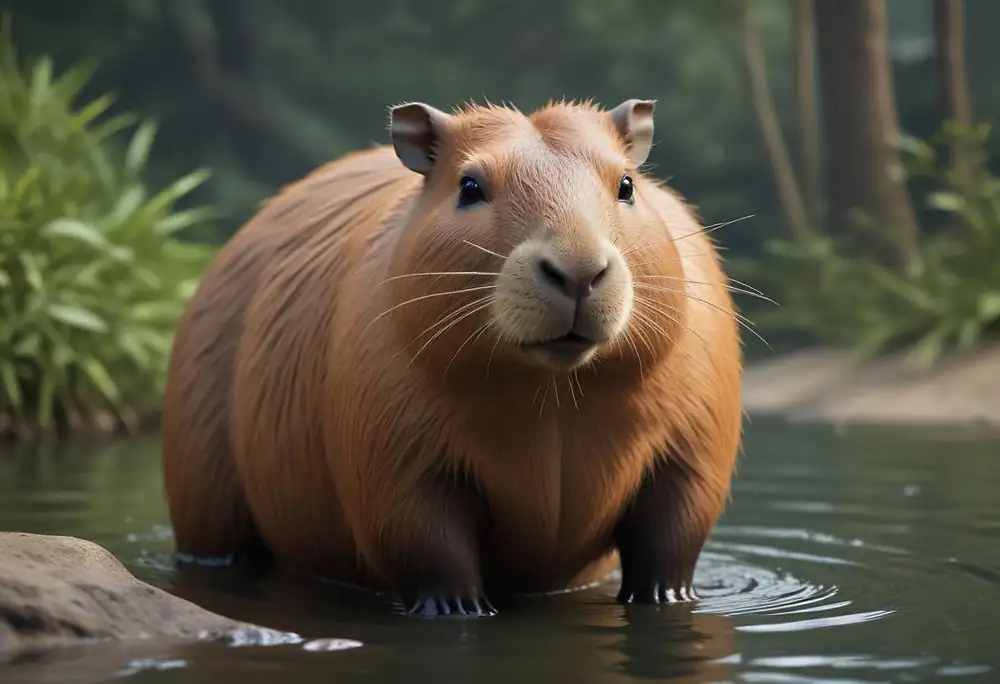
- Friendly Nature: Capybaras are known for their docile and social behavior. They often live in groups of 10 to 30, forming tight-knit communities.
- Unique Adaptations: Their webbed feet make them excellent swimmers, and they thrive in wetland habitats.
- Ecosystem Role: Capybaras play a vital role in maintaining biodiversity by grazing on vegetation and creating habitats for other species.
Are Capybaras Native to Costa Rica?
While capybaras are native to South America, they’ve also made their way into parts of Central America, including Costa Rica. Their presence here is limited but significant, especially in wetland areas like Tortuguero National Park and Palo Verde National Park.
Why Do Capybaras Thrive in Costa Rica?
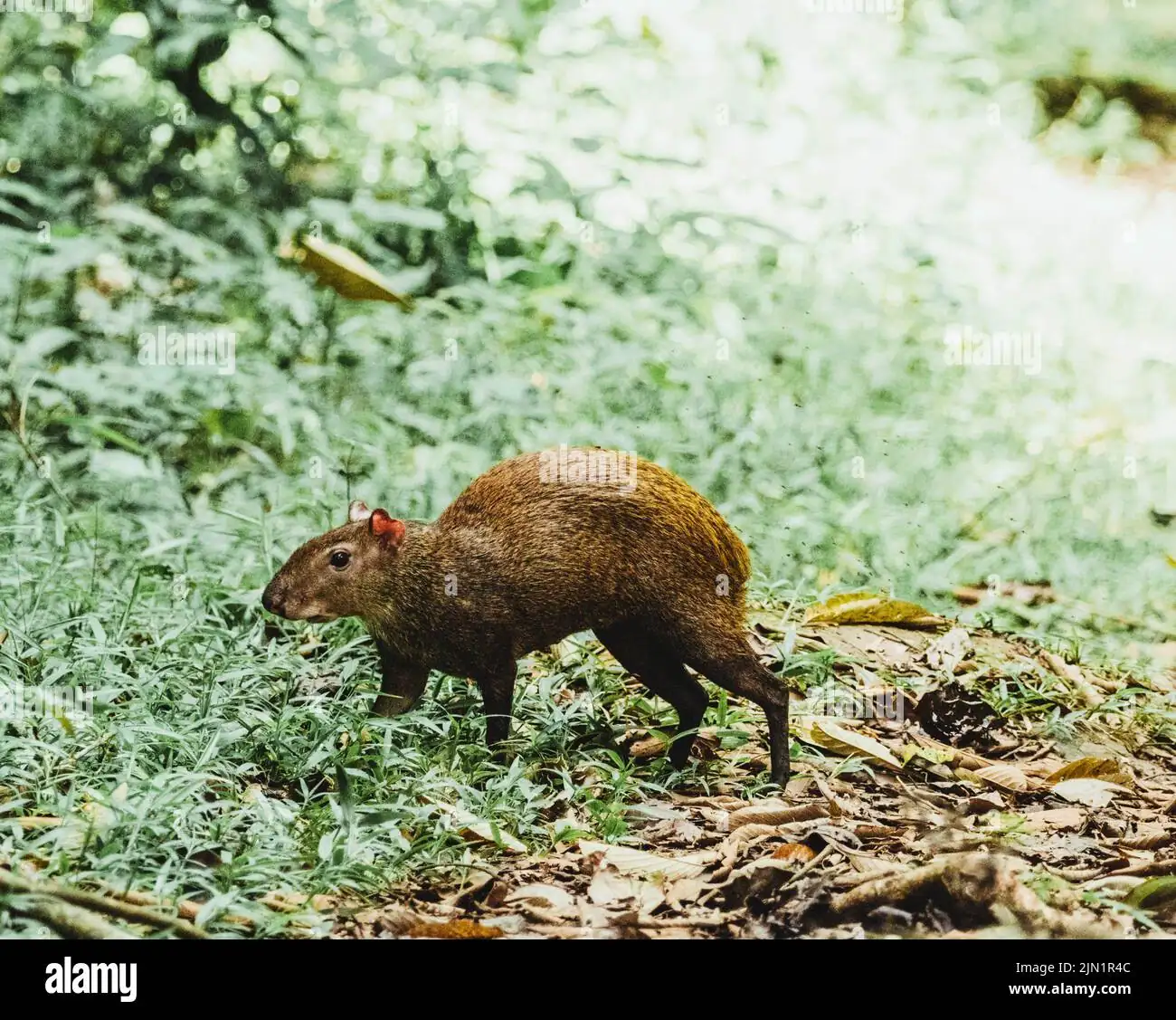
- Ideal Habitats: Costa Rica’s wetlands, rivers, and swamps provide the perfect environment for these semi-aquatic creatures.
- Conservation Efforts: Costa Rica’s commitment to preserving natural habitats has created safe spaces for capybaras to thrive.
- Historical Range Expansion: Some experts believe capybaras may have historically ranged into Central America, making their presence in Costa Rica a natural extension.
Where to Spot Capybaras in Costa Rica
If you’re planning a trip to Costa Rica and hoping to see capybaras, here are the top spots to add to your itinerary:
1. Tortuguero National Park
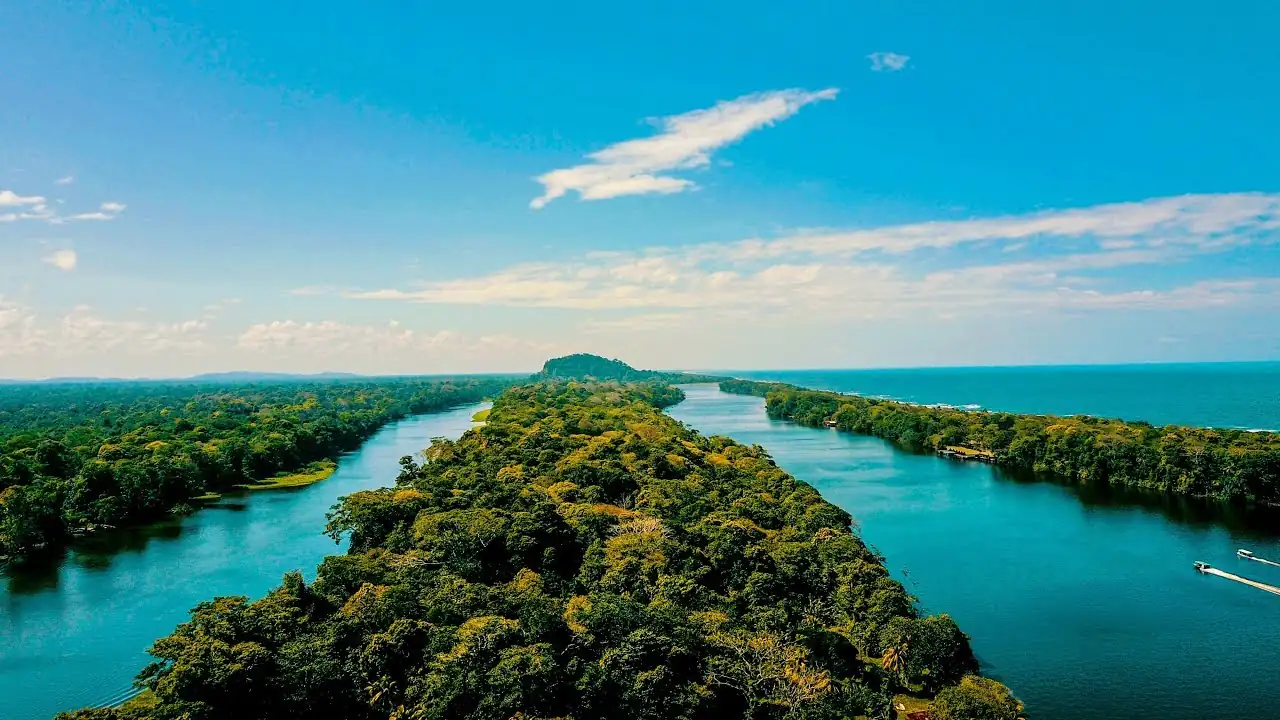
Known for its lush rainforests and winding canals, Tortuguero is a hotspot for capybara sightings. Take a boat tour early in the morning or late afternoon for the best chances.
2. Palo Verde National Park
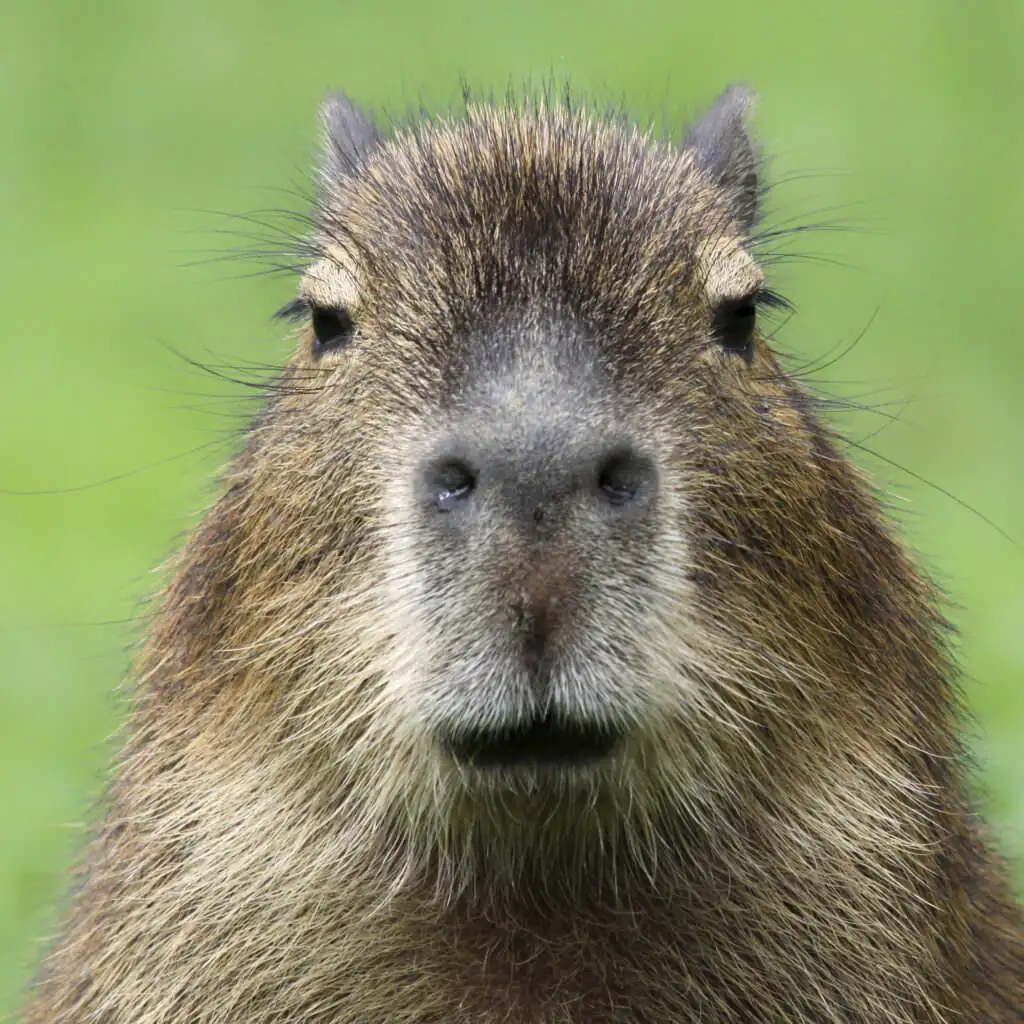
This park’s wetlands and dry forests are home to thriving capybara populations. Visit during the rainy season when water levels are high, and capybaras are more active.
3. Tempisque River Basin
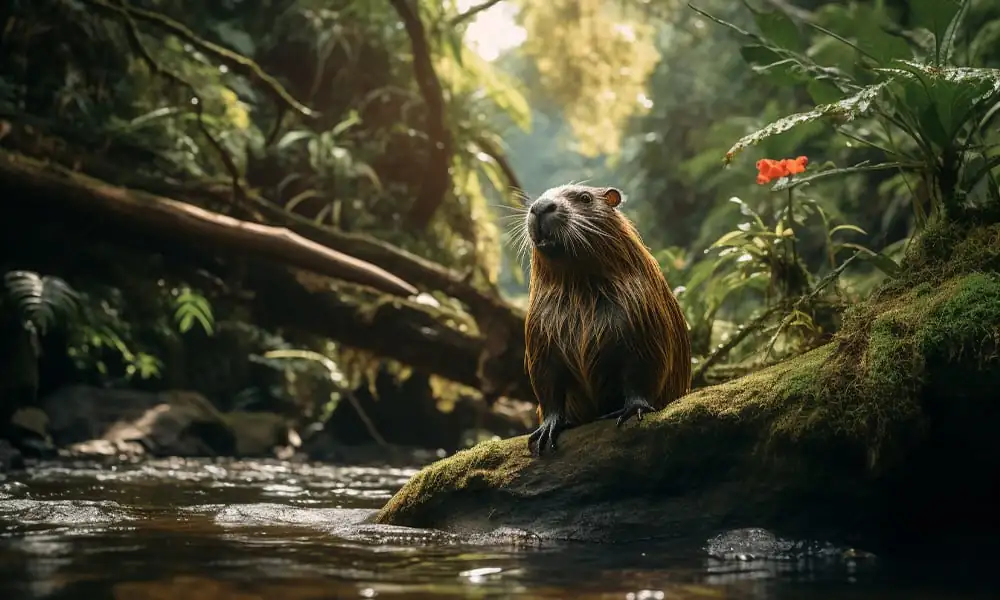
The river’s network of wetlands makes it a prime location for capybara sightings. Guided tours here often include glimpses of these gentle giants.
4. Caño Negro Wildlife Refuge
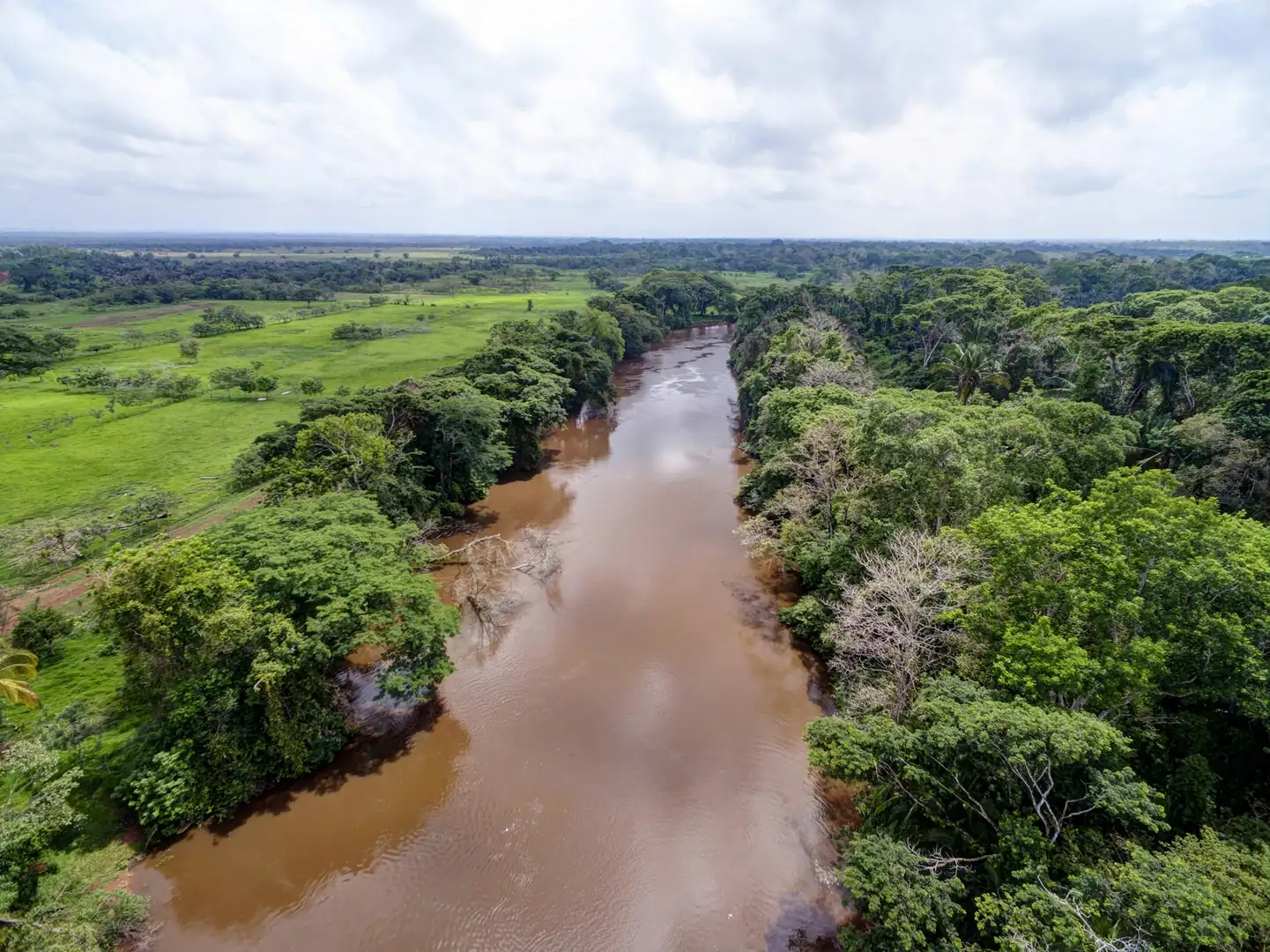
This lesser-known gem is a haven for capybaras and other wildlife. Its remote location ensures minimal human disturbance, making it a perfect spot for observation.
Best Time to See Capybaras in Costa Rica
Timing is everything when it comes to wildlife spotting. Here’s when and how to maximize your chances:
- Early Morning or Late Afternoon: Capybaras are most active during these cooler parts of the day.
- Dry Season (December to April): Lower water levels make capybaras easier to spot near riverbanks.
- Rainy Season (May to November): While water levels are higher, capybaras are more visible in flooded areas.
Why Capybaras Matter in Costa Rica’s Ecosystem
Capybaras aren’t just cute—they’re crucial to Costa Rica’s biodiversity. Here’s why:
- Ecosystem Engineers: Their grazing habits help maintain grasslands and prevent overgrowth.
- Prey for Predators: Capybaras are a key food source for jaguars, caimans, and large birds of prey.
- Seed Dispersal: Their waste helps fertilize the soil and promote plant growth.
Responsible Wildlife Viewing: Tips for Capybara Encounters
Spotting capybaras in the wild is an unforgettable experience, but it’s important to do it responsibly. Here’s how:
- Keep Your Distance: Use binoculars or a telephoto lens for a closer look without disturbing them.
- Stay Quiet: Loud noises can scare capybaras away. Speak softly and move slowly.
- Don’t Feed Them: Feeding wild animals disrupts their natural diet and behavior.
- Respect Their Habitat: Stick to designated trails and avoid trampling vegetation.
FAQs About Capybaras in Costa Rica
1. Are capybaras dangerous?
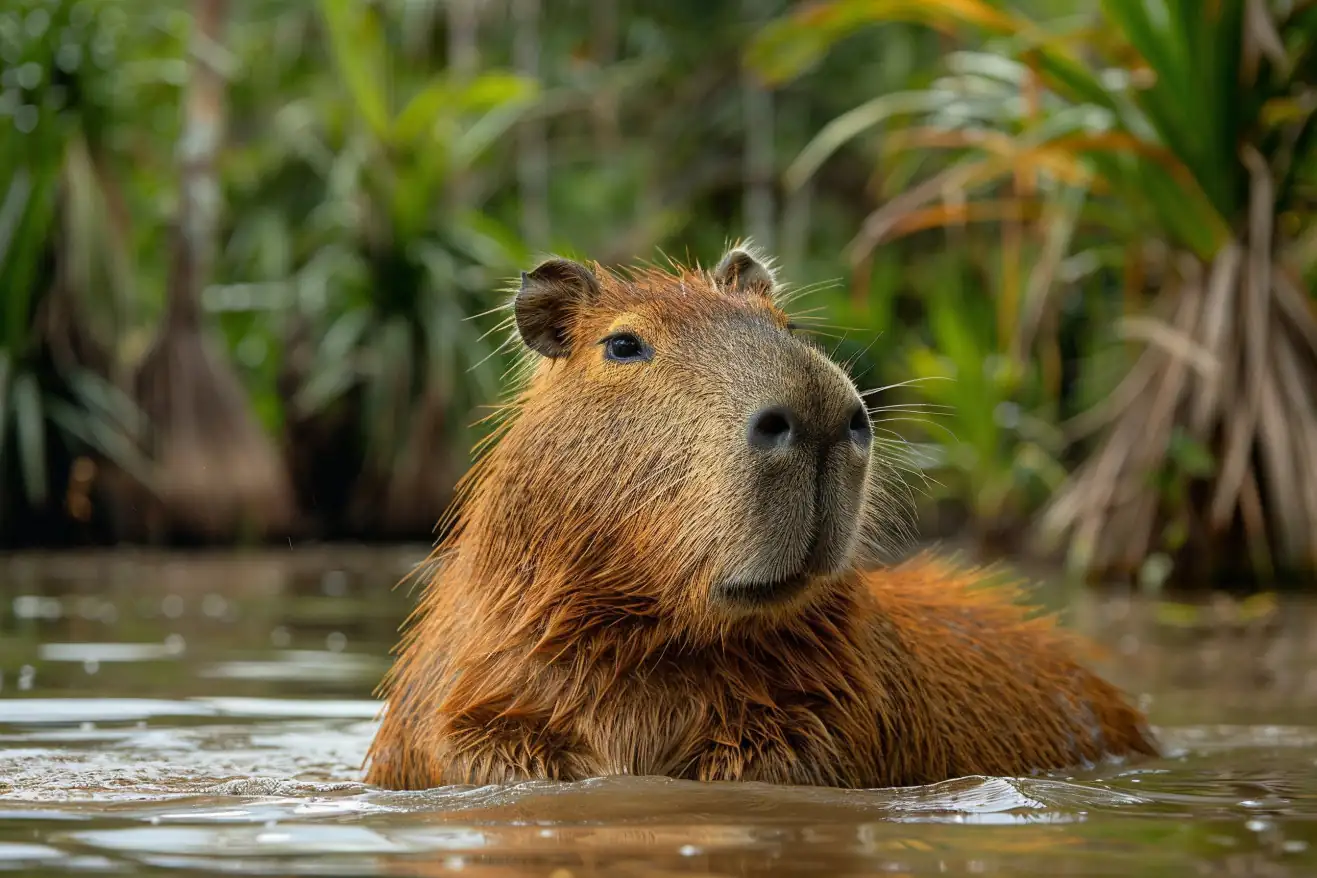
No, capybaras are generally docile and avoid conflict. However, they’re still wild animals, so it’s best to observe them from a safe distance.
2. Can I keep a capybara as a pet?
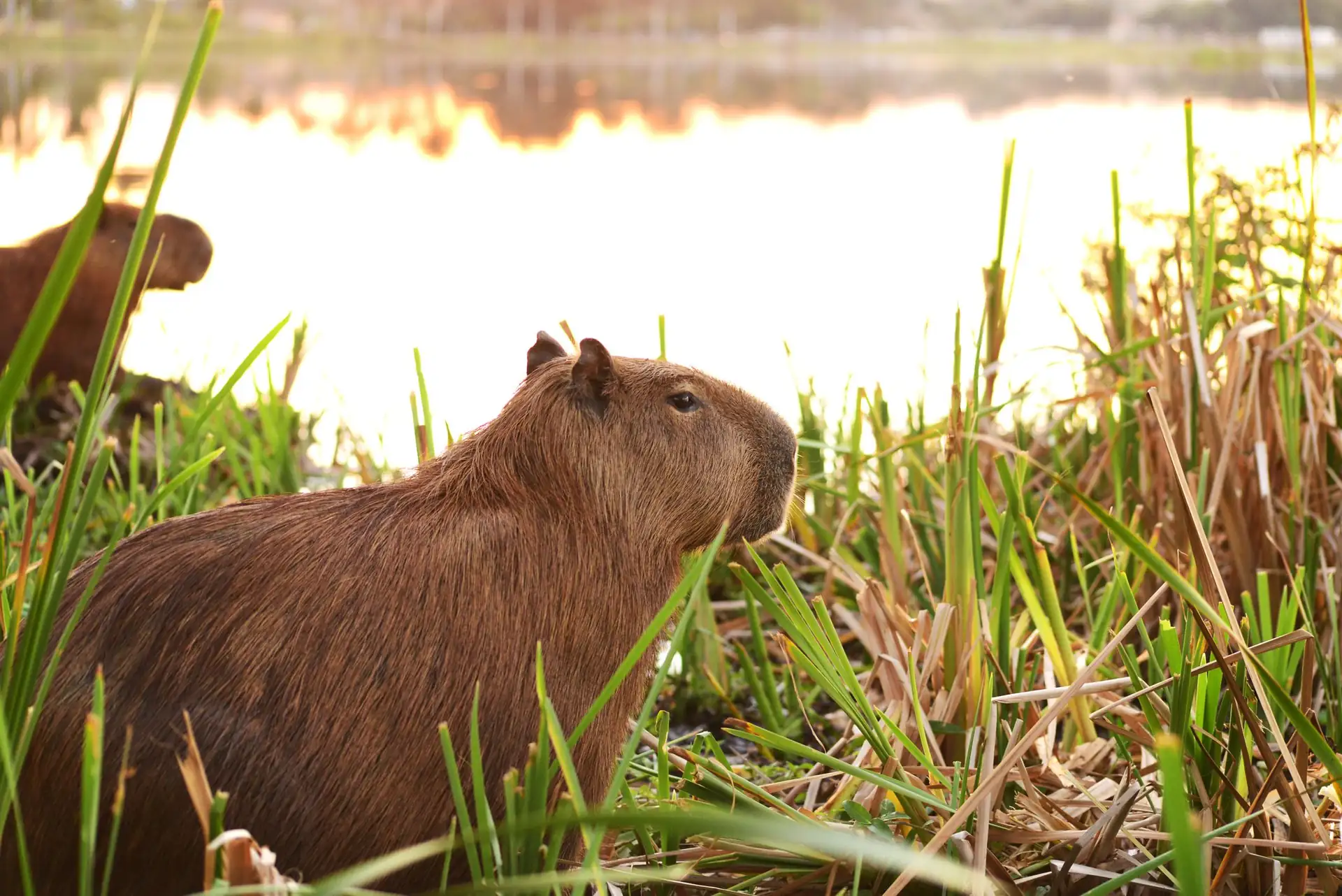
In most countries, including Costa Rica, keeping capybaras as pets is restricted or illegal due to their specific habitat needs and conservation concerns.
3. Are capybaras endangered?
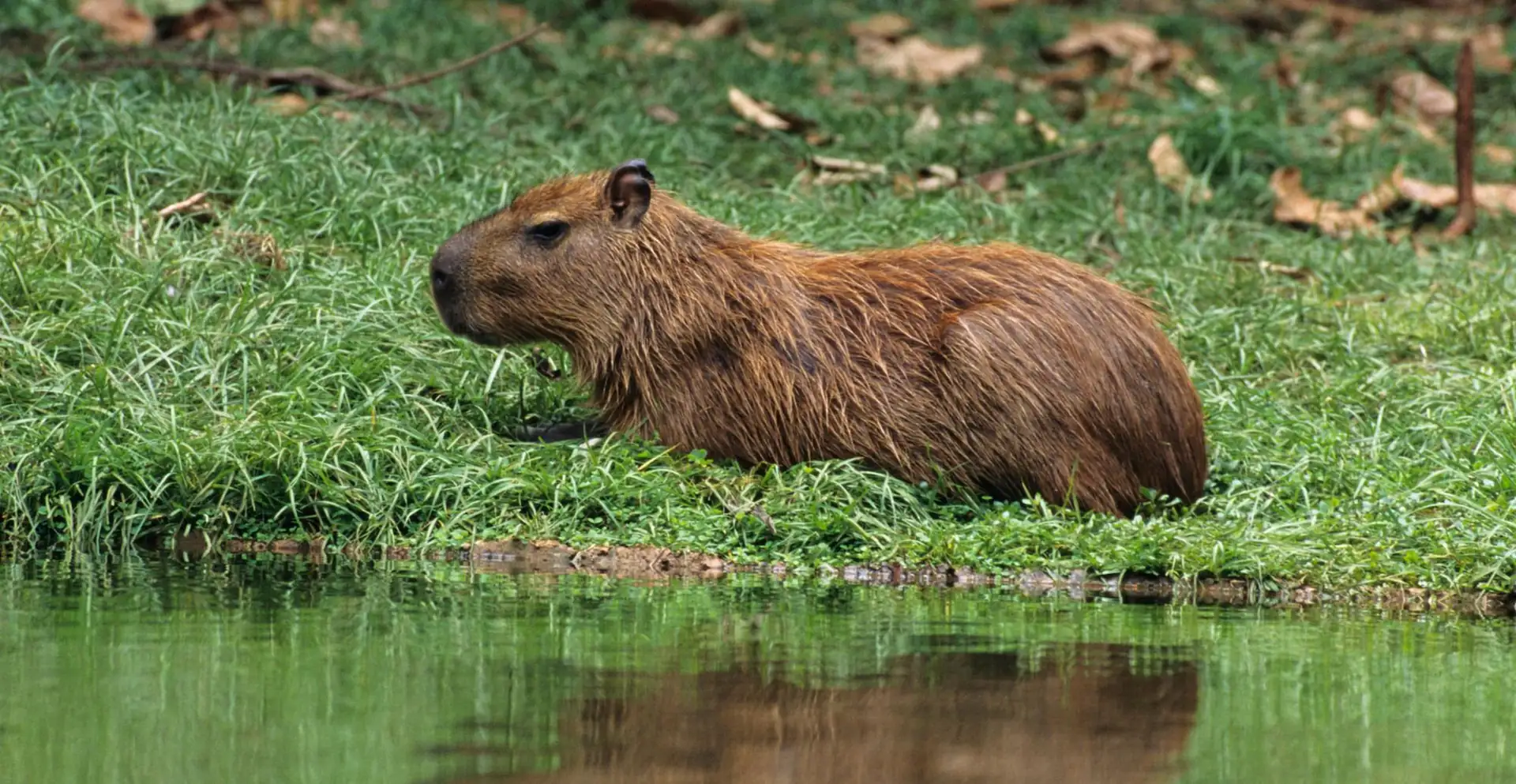
Capybaras are classified as “Least Concern” by the IUCN, but habitat loss and hunting pose threats in some regions.
4. What do capybaras eat?

Capybaras are herbivores, feeding on grasses, aquatic plants, and fruits.
Final Thoughts: Why Capybaras Are a Must-See in Costa Rica
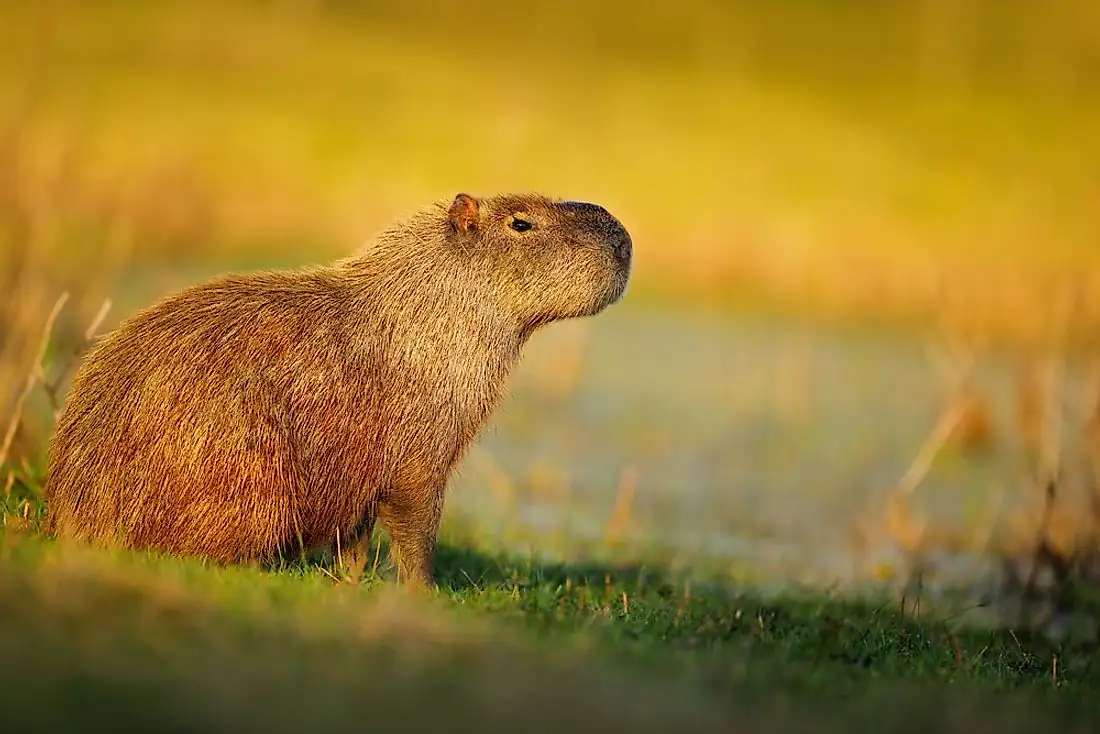
Capybaras in Costa Rica are more than just a wildlife attraction—they’re a testament to the country’s incredible biodiversity and conservation efforts. Whether you’re paddling through Tortuguero’s canals or exploring Palo Verde’s wetlands, spotting these gentle giants is an experience you’ll cherish forever.
So, pack your binoculars, respect their space, and get ready to fall in love with the world’s largest rodent. Costa Rica’s capybaras are waiting to make your trip unforgettable!
